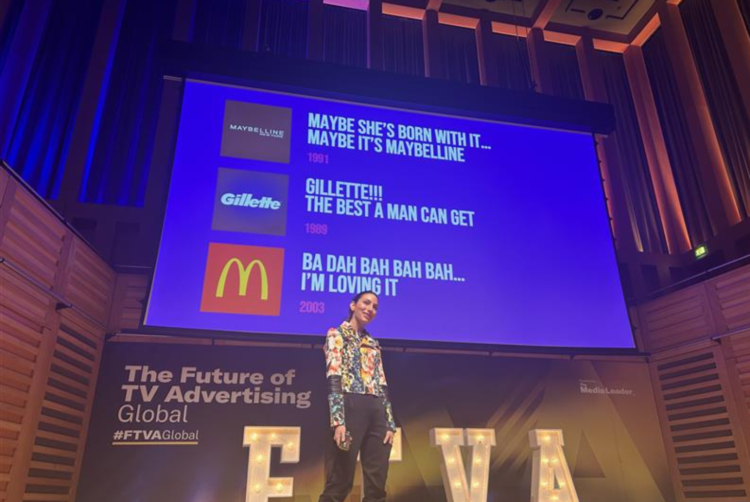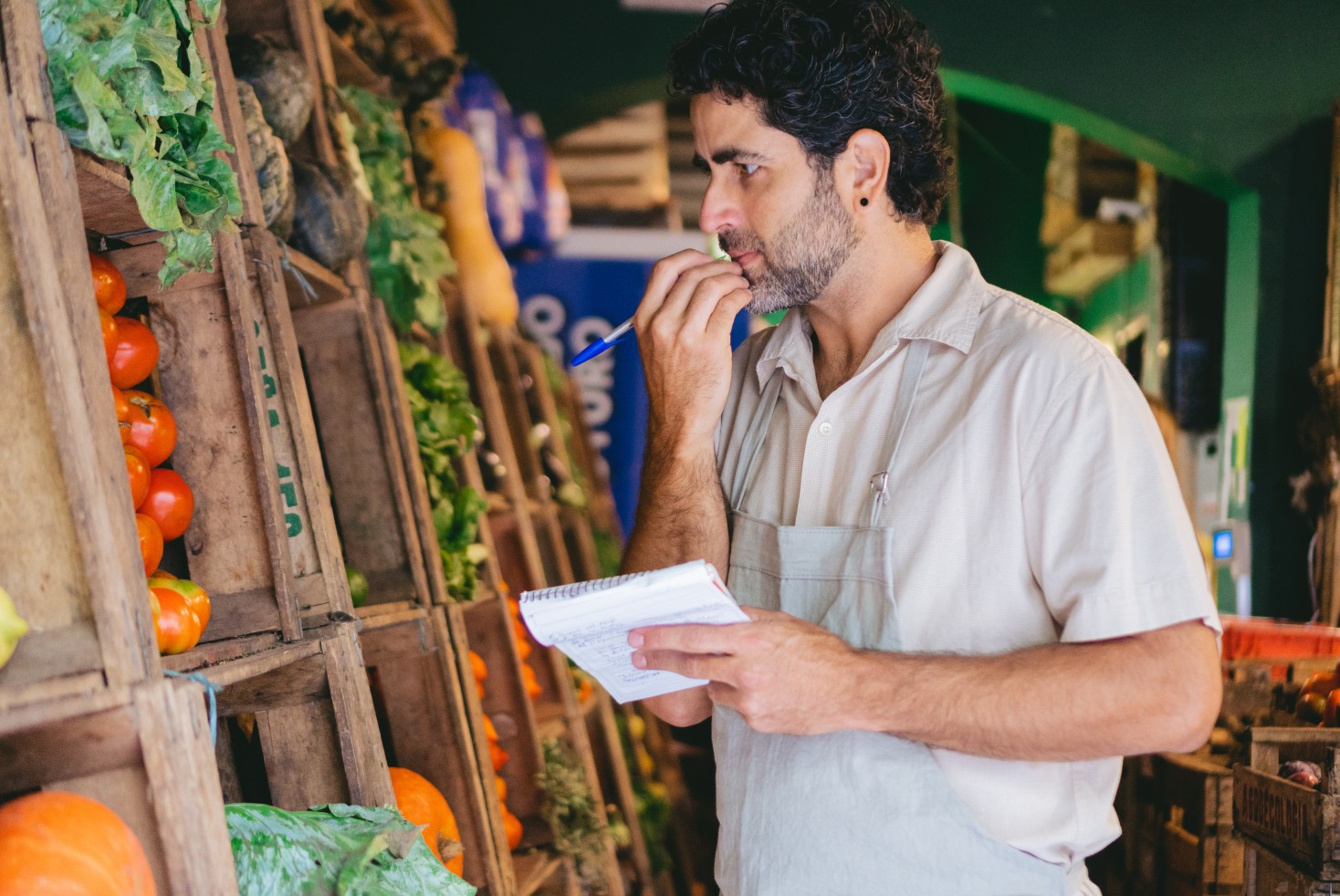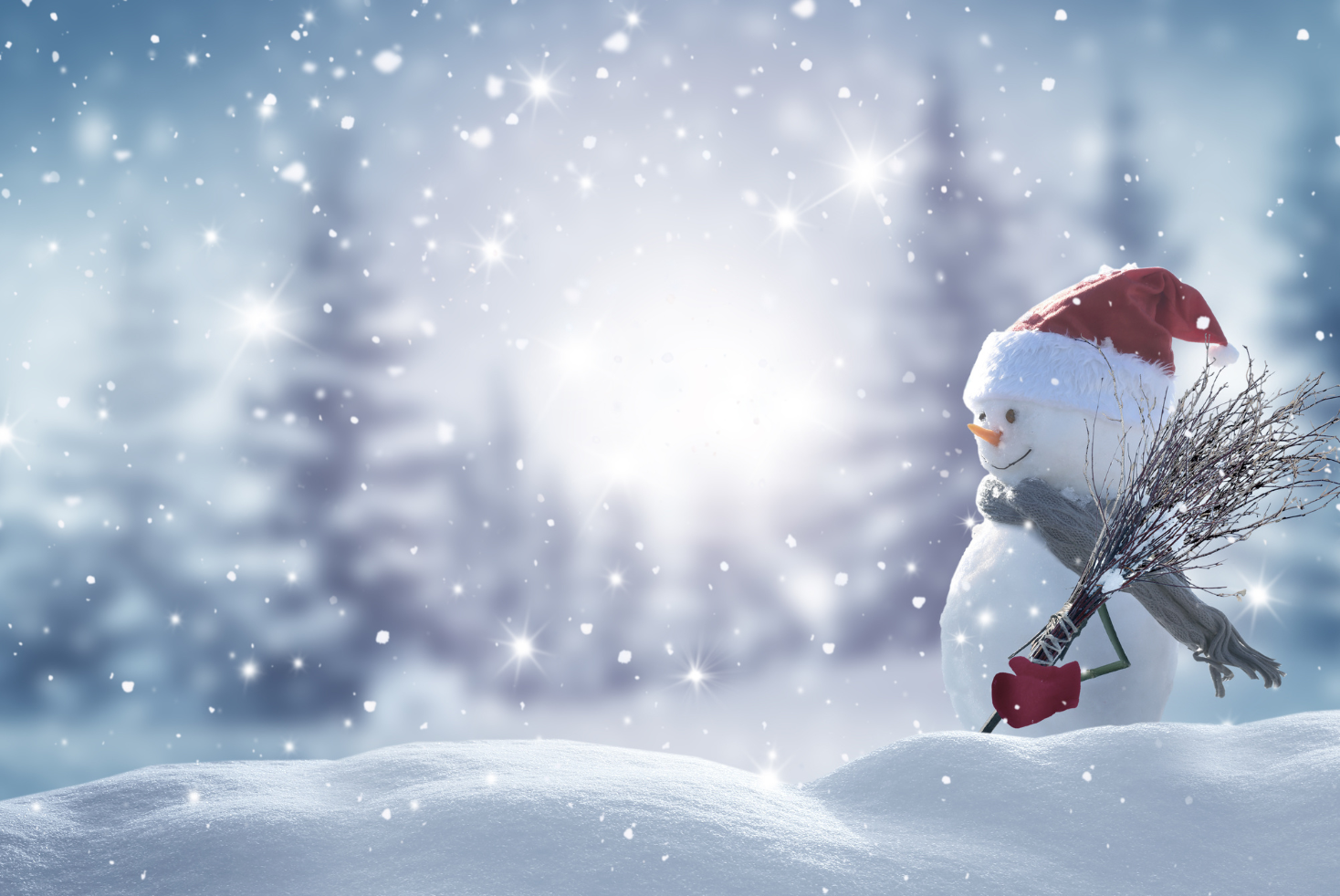VCCP Media’s chief strategy officer joins host Jack Benjamin to discuss research into how distinctive brand assets are key for maximising attentive impressions.
Social media may be attractive, cheaper and addictive but Media Pulse’s Deborah Gurofsky asks is it memorable?
An audit of Adelaide’s attention metrics conducted by MediaSense found its methodology is outcome-driven, transparent, reproducable and independently verifiable. AU scores were correlated with improved ad performance.
We ban smartphones from our kids, but design media plans that depend on them. If mobile screen time has now overtaken TV, isn’t it finally time to do something about this contradiction?
Ocean and Lumen’s research also found that this format delivers higher brand recall than online video.
New research on a consumer segment, which the company has dubbed “Gen Uber”, looks at digital behaviours, purchase preferences and advertising engagement.
A recent survey conducted by Adwanted Connected and YouGov showed that ensuring ad relevance for podcasts is more attention-grabbing than tailoring ads to the environment, timing or activity of the listener.
When done properly, with better metrics and a focus on real outcomes, principal-based trading can align agency and advertiser interests and deliver superior results.
However, this is only the case if distinctive brand assets are used, according to a new study from VCCP Media and Amplified which examined creative and media’s combined impact.
With 170m viewers up for grabs, the real winners of Eurovision are brands that capture attention across the digital touchpoints that the TV audience is highly engaged in.
To cut through the noise, brands must focus on genuine engagement. It requires a complex understanding of attention that varies based on brand and consumer interactions with devices, content, media and platform.










